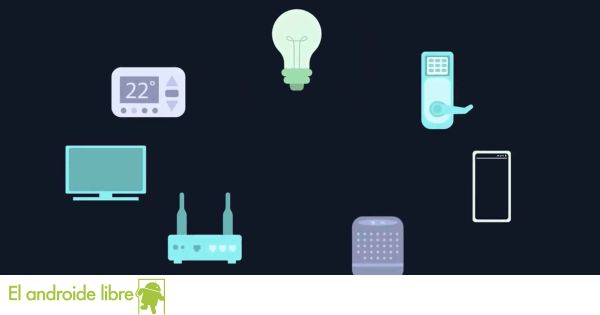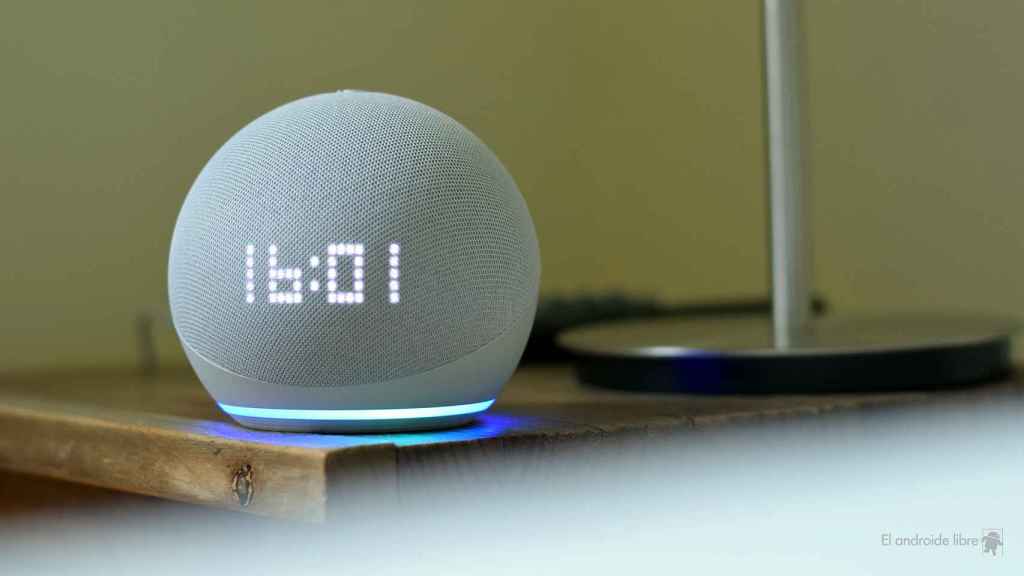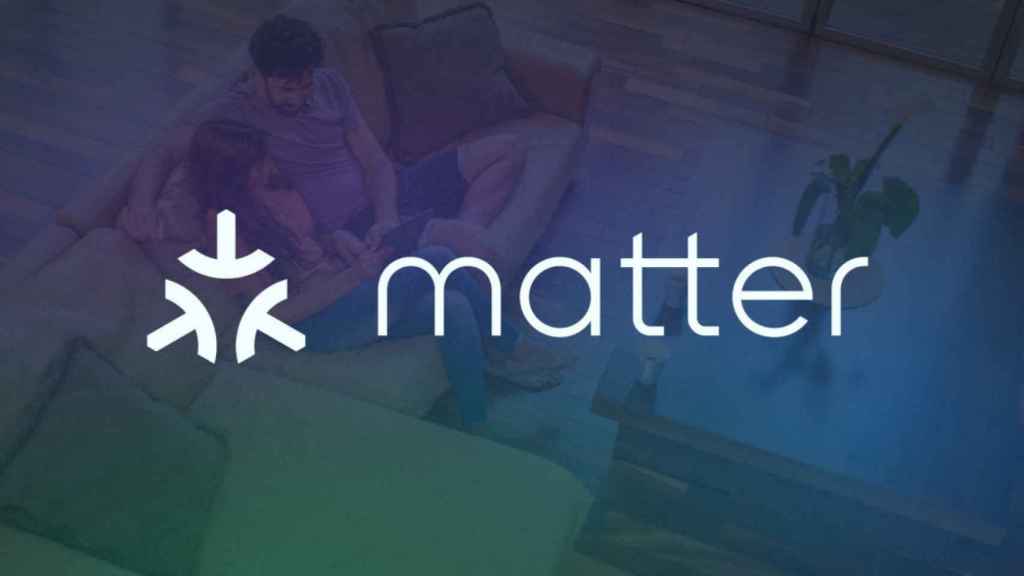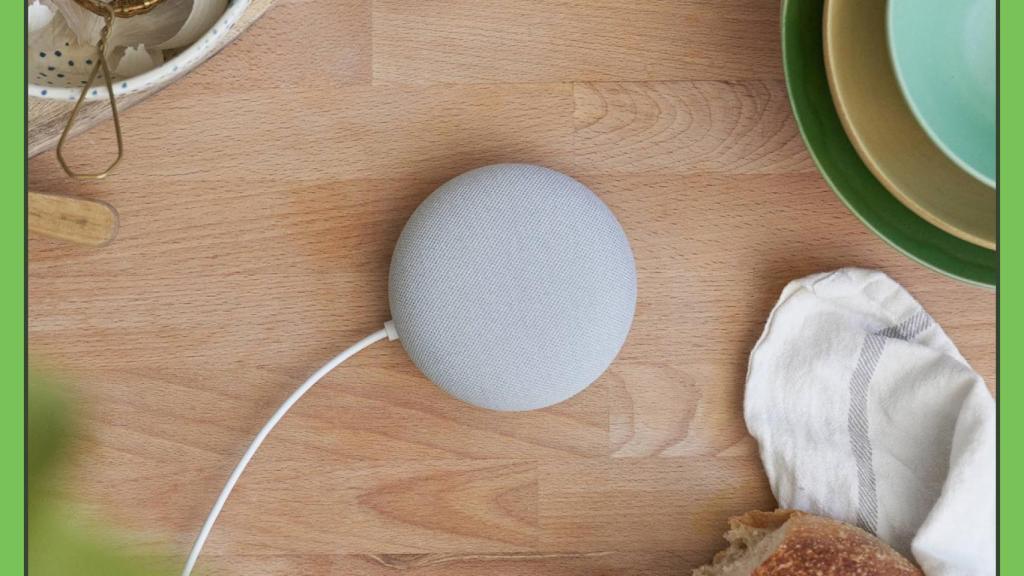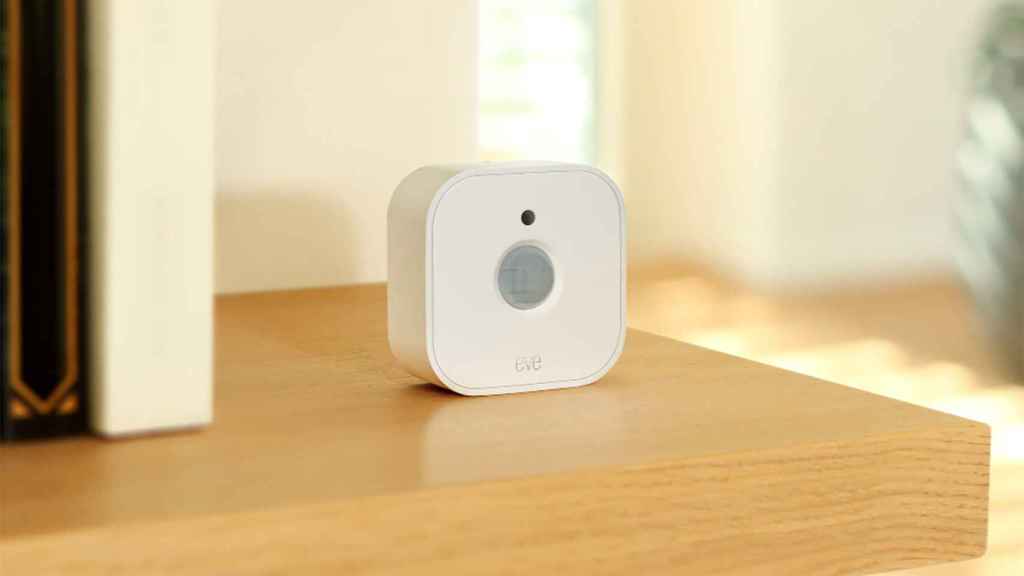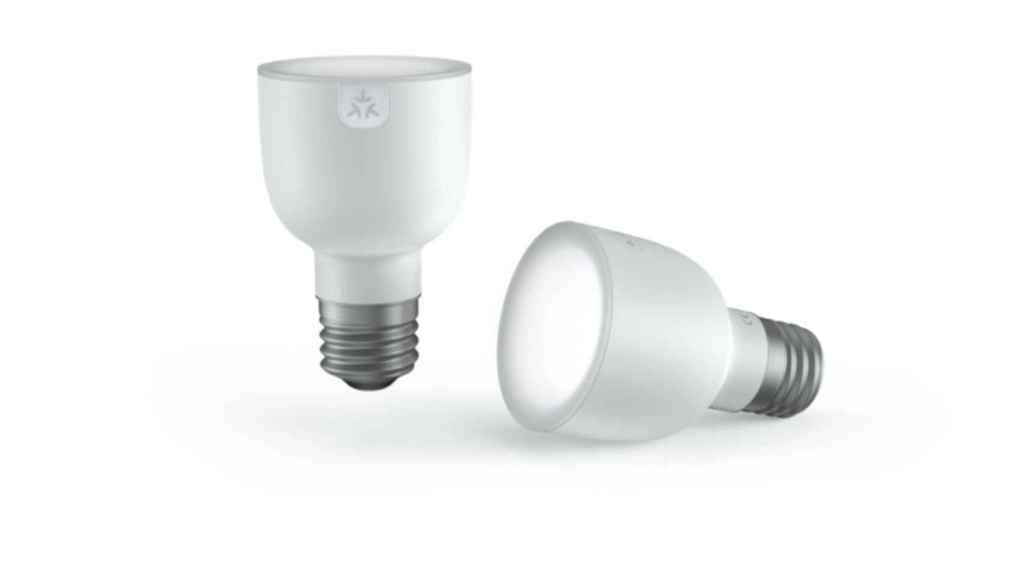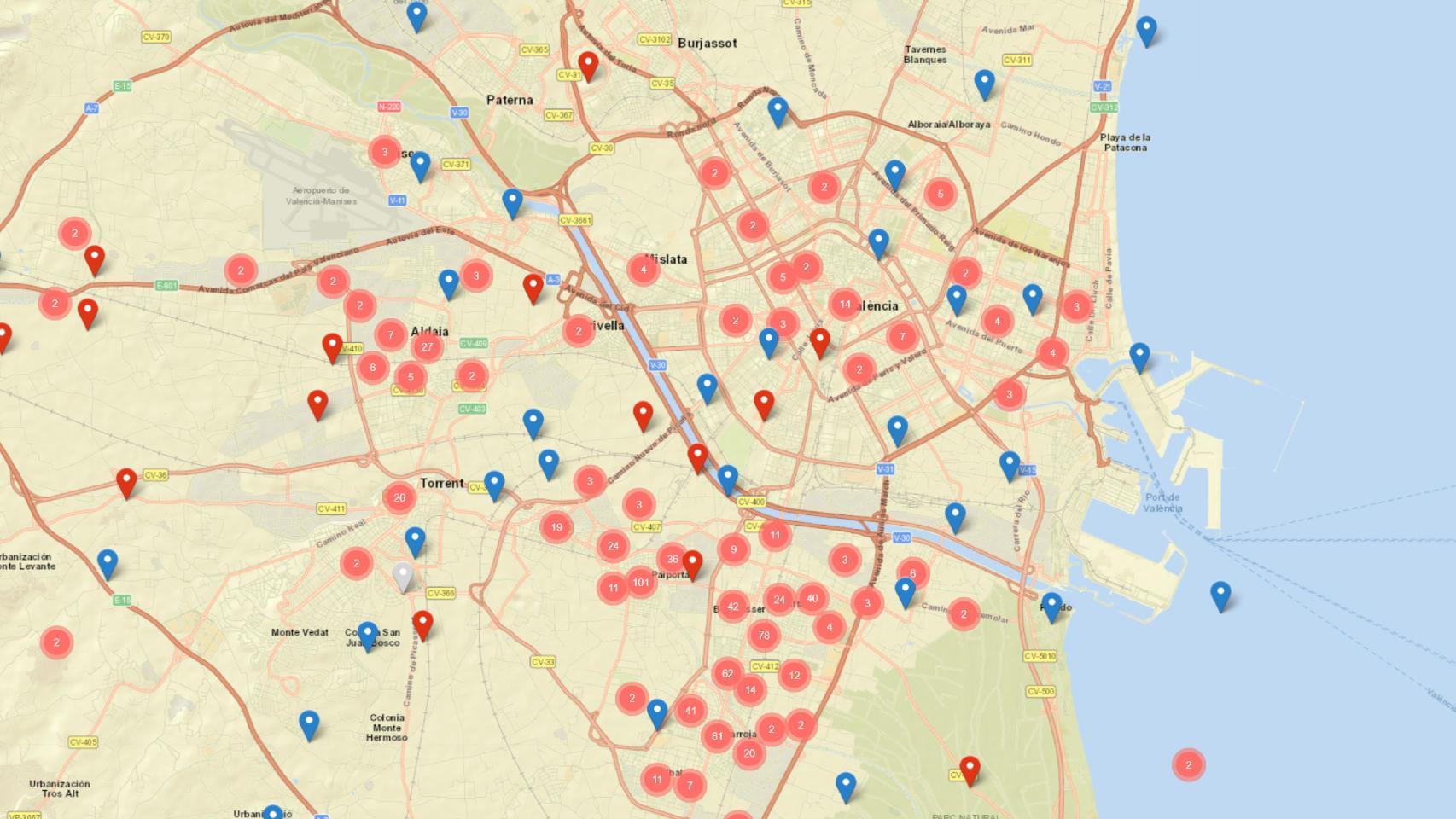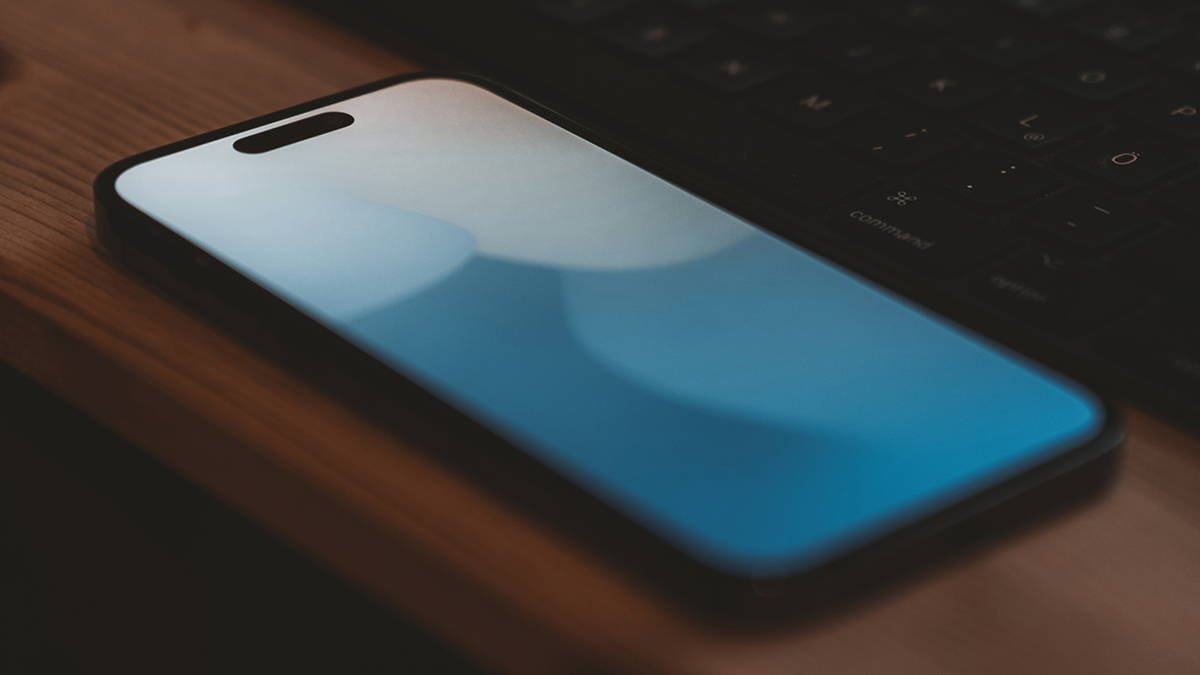Tech companies are incredibly competitive, out of necessity more than anything else. In a market that is still relatively young, any movement, no matter how small, can result in the transfer of millions of users from one service to another. We have seen it with viral applications like the Spanish BeReal, for example.
[A mi gato ya no le falta de nada: probamos el comedero y el bebedero inteligentes de Xiaomi]
As a result, tech companies go to great lengths to trip themselves up. Whether it’s lawsuits for unfair competition or the blatant copying of new features, it’s very rare that the tech giants have something nice to say about each other.
The chaos of the smart home
When this happens, it’s because the challenge they face is so great that they know they can’t do it alone. For example, when a global pandemic breaks out, Apple and Google are forced to work together to create a standard tracking system.
Home automation is a similar challenge, in the sense that it also concerns billions of people; and in the sense that, without everyone’s collaboration, it is impossible to meet all your needs.
Amazon Echos are powerful, but they can’t connect to Google Home or Apple HomeKit devices
The free Android
Currently, there are several platforms dedicated to the so-called “smart home”, such as Amazon Alexa, Google Home or Apple HomeKit; these are only the most popular, but many manufacturers, large and small, have created their own independent services. This market fragmentation is generally a good thing, as it allows healthy competition between brands; but for the user, that means you can’t use your new bulb with your smart speaker.
Tech companies have applied the philosophy of smartphones to the smart home, and this results in many “walled gardens,” where only those who receive the owner’s approval and are willing to follow its rules to the letter are allowed. This forced manufacturers to take sides, to launchr devices compatible with only one or two platformswith luck.
The smart home has become a battleground for brands
The smart home market, therefore, is a shambles, with smart plugs only compatible with Alexa, televisions that only allow us to control Google Home devices, or smart locks that only accept connection with an iPhone.
For the consumer, navigating this maze is more difficult than it should be, and it is not uncommon for we buy devices that are not compatible with what we already have at home. And for businesses, the smart home has become a money-hungry behemoth; Amazon will lose 10,000 million dollars to Alexa this year for the amount of investment required.
The industry unites in Matter
How to guarantee this freedom of choice and the competitiveness of the market, by solving the problems it has brought? Matter is the answer, and although it has gone unnoticed, it is perhaps the project that will most influence the technology sector in the years to come; in fact, since its launch last November, changes are already being noticed.
Matter logo
Omicron
Matter is a common smart home standard, which allows devices from different services can be related to each other and can be “understood”; in other words, that two devices from different manufacturers can work together, regardless of the platform they were originally designed for.
The material stands out because it is not the product of a single company. Virtually the entire tech industry supports it or has invested in it, including Apple, Google and Amazon, but also Samsung and smaller retailers and manufacturers like Huawei and even Ikea (yes, the furniture company).
The feature that makes Matter unique is that does not replace existing platforms; although manufacturers will have to modify their software and sometimes their hardware to gain compatibility with Matter, they will still be able to maintain their own independent services. So Amazon can continue to sell the same Amazon Echo speakers, Google can continue to experiment with its personal assistant, and Apple can continue with Siri; there’s no doubt that’s why they’ve all been willing to let go of their differences.
Current smart speakers may be compatible with Matter
Matter is “just” a standard guide to how things should be done, how devices should be connected to each other and how we should be able to control them; but each company can find how to do these things in its own way. One of the most important technologies it uses is Thread, which allows nearby devices to connect to each other, without needing to connect to an intermediate server; Thanks to this, Matter devices they don’t need the internet to perform functions that only affect our home, such as turning on the lights, for example.
There are limits and restrictions, of course. Matter is clearly engaged in a improved user privacy, limiting the amount of personal information that devices send over the Internet; This means that the chips they mount must be more powerful, to process more information locally without depending on external servers. This is why Google seems further behind in its implementation of Matter, as its platform relies heavily on the power of the cloud; while Amazon and Apple are more advanced, with traditionally more expensive, but also more powerful devices.
When will Matter come to us?
Version 1.0 of Matter was released this year, with support for various types of smart devices such as light bulbs, plugs, smart locks, thermostats, air conditioners, blinds, motion sensors, TVs and media players. Version 2.0 will be released in 2024 and will extend to security cameras, cleaning robots, carbon monoxide detectors and household appliances.
Eve is one of the first Matter compliant brands
The free Android
In fact, since the standard was developed in the open, manufacturers have already embraced Matter. Recently, Eve became the first brand to bring new Matter products to market, with a motion sensor, smart plug, and door and window sensor; they can all be controlled with Alexa, Google Assistant or Siri, once relevant updates arrive.
Of the big three, Amazon seems the most ambitious, the most promising upgrade 17 of your current Echo speakers in the coming months to make them compatible with Matter. To this we must add that the main manufacturers have already committed to updating their devices or launching new ones compatible with Matter, including Philips Hue.
After several weeks of updates, Google has also announced the start of migration to Matter on its smart devices. Since December, Android phones and Nest devices have been supporting Matter, including using technologies like Quick Pairing to easily add devices.
The Matter logo will appear on devices that support the standard
In 2023, we will see the release of many updates and new devices compatible with Matter. Consumers will only have to look for the Matter logo to make sure they can use it at home without any problems; and setup can be as easy as scanning a QR code with the mobile.
The arrival of Matter does not mean that the market has become monolithic. Each manufacturer will continue to have its own applications and each platform will continue to be independent. You won’t be able to use Alexa features with Siri, for example; if you want to do specific things with an assistant, you’ll have to buy a speaker that has it. Matter only focuses on bringing our devices together, but that was all we needed.
The smart home has finally stopped being a mess, and it’s time to see its true potential.
You may be interested
Follow the topics that interest you
Table of Contents

